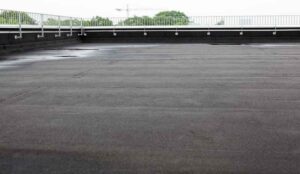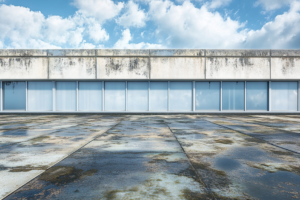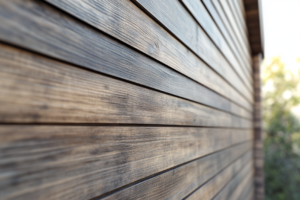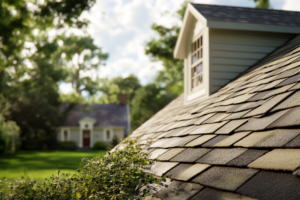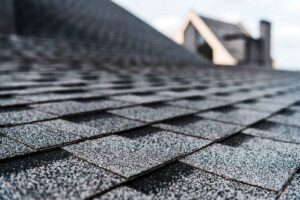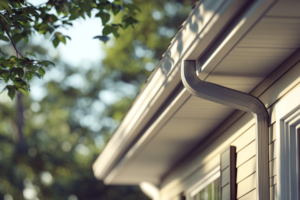Winter is here, and with it comes snow and ice that can cause severe damage to your roof. One of the best ways to help prevent the following damages is to perform self-inspections before and after the winter season. This includes winterizing your roof and preparing your gutters. In addition to these necessary preventive measures, be sure to keep an eye out for the following things that can be destructive to your roof.
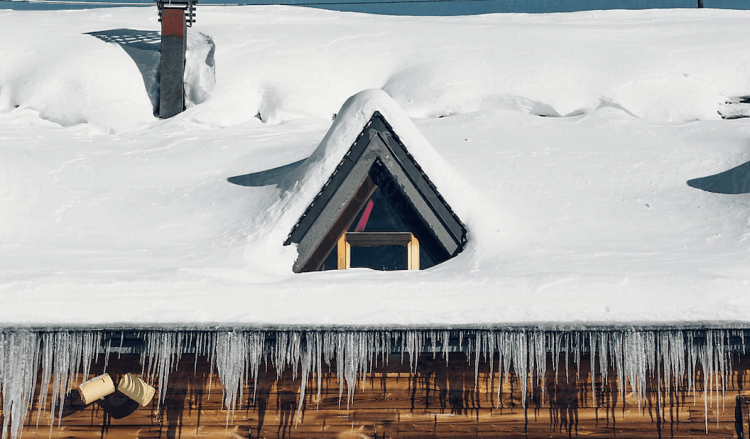
- Ice Dams
- When snow and ice melt, the water and ice can accumulate at the edge of the roof forming ice dams. These dams can cause major gutter damage and potentially tear the flashing off the roof. Water that backs up behind these ice dams is forced underneath shingles causes damage to your roof. It is essential to watch for this to avoid heavy thick ridges of ice from forming along the edges of your roof.
- Freezing and Thawing
- With the accumulation of snow and ice and the changing temperatures, small cracks can appear in your roof. And, water seeping into these cracks can be a recipe for a significant issue for your roof. It can cause leaks inside your home. If the water doesn’t leak, it is likely freezing in the crack instead, expanding and causing the crack to expand and increase in size.
- Buildup
- Heavy snow (even just a few inches of snow and ice) can cause stress to the roof and its flashings. Don’t let snow and ice buildup on your roof. The weight of the snow and ice can also cause leaks, crack your rafters, and eventually cause roof collapse (in worst-case scenarios – this is not common). But, do not that older homes that haven’t had a roof replacement or have damaged roofs are at a higher risk for structural damage.
Having a professional inspection performed after winter to fix any minor damage before it becomes a larger and more expensive issue is a great way to make sure you are properly caring for and maintaining your home’s roof.
- Heavy snow (even just a few inches of snow and ice) can cause stress to the roof and its flashings. Don’t let snow and ice buildup on your roof. The weight of the snow and ice can also cause leaks, crack your rafters, and eventually cause roof collapse (in worst-case scenarios – this is not common). But, do not that older homes that haven’t had a roof replacement or have damaged roofs are at a higher risk for structural damage.
Proper maintenance, as well as regular roof and gutter inspections, are the best ways to shield your roof against winter damage. If you notice any damage during the winter, it should be addressed immediately to avoid possible disastrous damage and high repair costs.
To ensure your roof is ready for the winter elements or to repair anything that may already be damaged, contact our team today.

